Some dishes are more than recipes – they’re cultural treasures passed down through generations. Many of these culinary masterpieces require specialized techniques, unique ingredients, or equipment that simply can’t be replicated in your home kitchen. While you might create tasty versions, achieving true authenticity often remains just out of reach.
1. Authentic Neapolitan Pizza
Wood-fired ovens reaching 900°F create the signature leopard-spotted crust that makes Neapolitan pizza legendary. Your home oven maxes out around 500°F, making it impossible to achieve that perfect char and texture.
San Marzano tomatoes and buffalo mozzarella from specific Italian regions add flavors you can’t replicate with grocery store substitutes. The dough requires particular flour types and fermentation techniques mastered over years.
Even pizza stones and steel can’t match the intense, consistent heat of traditional brick ovens that have been seasoned for decades.
2. Peking Duck
Hanging ovens and precise air-drying techniques give Peking duck its legendary crispy skin and tender meat. Traditional preparation takes 24 hours and requires specialized equipment most home kitchens lack.
Master chefs spend years learning the exact temperature control and timing needed for perfect results. The duck must be inflated, seasoned, and dried in specific conditions that create the signature crackling exterior.
Thin pancakes, hoisin sauce, and cucumber accompaniments seem simple, but achieving restaurant-quality presentation and flavor balance requires professional training and experience.
3. French Croissants
Laminated dough requires folding butter into pastry dozens of times at precise temperatures. Professional bakers train for years to master this technique that creates those flaky, buttery layers.
Temperature control is everything – too warm and the butter melts, too cold and it breaks through the dough. French butter has different fat content than American versions, affecting texture significantly.
Professional ovens provide steam injection and consistent heat that home ovens simply can’t match. Even small variations in humidity can ruin hours of careful work.
4. Authentic Ramen Broth
Twenty-four hour bone broths require constant attention and professional-grade equipment to achieve that rich, cloudy tonkotsu base. Home stoves struggle to maintain the rolling boil needed for proper emulsification.
Specialized tare (seasoning base) and aromatic oils are closely guarded secrets passed between ramen masters. Each component requires separate preparation and precise timing for assembly.
Fresh alkaline noodles need specific flour types and kansui (alkaline water) that’s difficult to source. The final bowl assembly is an art form requiring split-second timing and years of practice.
5. Tandoor Naan
Clay tandoor ovens reach temperatures exceeding 800°F and provide unique smoky flavors impossible to replicate at home. The intense heat cooks naan in under two minutes while creating those signature charred bubbles.
Traditional yogurt-based dough requires specific fermentation and kneading techniques. The bread must be slapped against the oven walls and retrieved with long metal tools – skills that take years to master safely.
Ghee brushing and timing are crucial for achieving the perfect balance of crispy exterior and soft, pillowy interior that defines authentic naan bread.
6. Paella Valenciana
Bomba rice and saffron from specific Spanish regions create flavors you can’t substitute with regular ingredients. The rice must absorb liquid perfectly while developing the prized socarrat (crispy bottom layer).
Traditional paelleras (wide, shallow pans) distribute heat differently than regular pans, and wood-fired cooking adds essential smoky notes. Timing multiple ingredients requires experience and intuition developed over years.
Authentic versions use rabbit, chicken, beans, and snails – never seafood despite popular misconceptions. Each ingredient must be added at precise moments to achieve perfect texture and flavor harmony.
7. Dim Sum Dumplings
Paper-thin dumpling wrappers require hand-rolling techniques that take years to perfect. Master dim sum chefs can create dozens of pleats in seconds, achieving delicate textures impossible with machine-made wrappers.
Bamboo steamers and precise timing ensure each dumpling type cooks perfectly. Different fillings require varying steam times and temperatures that demand professional experience to coordinate.
Traditional har gow (shrimp dumplings) should have exactly 18 pleats and translucent wrappers that don’t break. This level of precision and artistry requires dedicated training and constant practice.
8. Mole Poblano
Over twenty ingredients including various chiles, chocolate, and spices must be toasted, ground, and combined in specific sequences. Each component requires different preparation methods and timing that takes generations to master.
Traditional molcajetes (stone mortars) and comals (clay griddles) impart flavors that modern appliances can’t replicate. The grinding process alone can take hours and requires specific techniques for each ingredient.
Balancing sweet, spicy, and savory elements requires intuitive understanding of how flavors develop over hours of cooking. Mexican grandmothers guard their family recipes fiercely for good reason.
9. Bouillabaisse
Mediterranean fish varieties and fresh seafood from Marseille’s waters create flavors impossible to replicate elsewhere. The broth requires specific fish bones and shells that aren’t available in most markets.
Rouille sauce and proper saffron from Provence add authentic elements that substitutes can’t match. The soup must be prepared in precise stages, with different seafood added at exact moments.
Traditional serving involves separating broth from fish, accompanied by crusty bread and ceremony that’s part of the authentic experience. Timing and presentation require restaurant-level coordination and expertise.
10. Ethiopian Injera
Teff flour fermentation takes several days and requires specific bacterial cultures that develop naturally in Ethiopian conditions. The spongy texture and tangy flavor depend on fermentation processes difficult to replicate elsewhere.
Traditional mitad (clay cooking surface) provides even heat distribution that creates injera’s characteristic bubbled texture. The batter must be poured and cooked with techniques passed down through generations.
Serving injera properly involves using it as both plate and utensil, with various stews arranged on top. The communal eating experience is as important as the bread itself in Ethiopian culture.
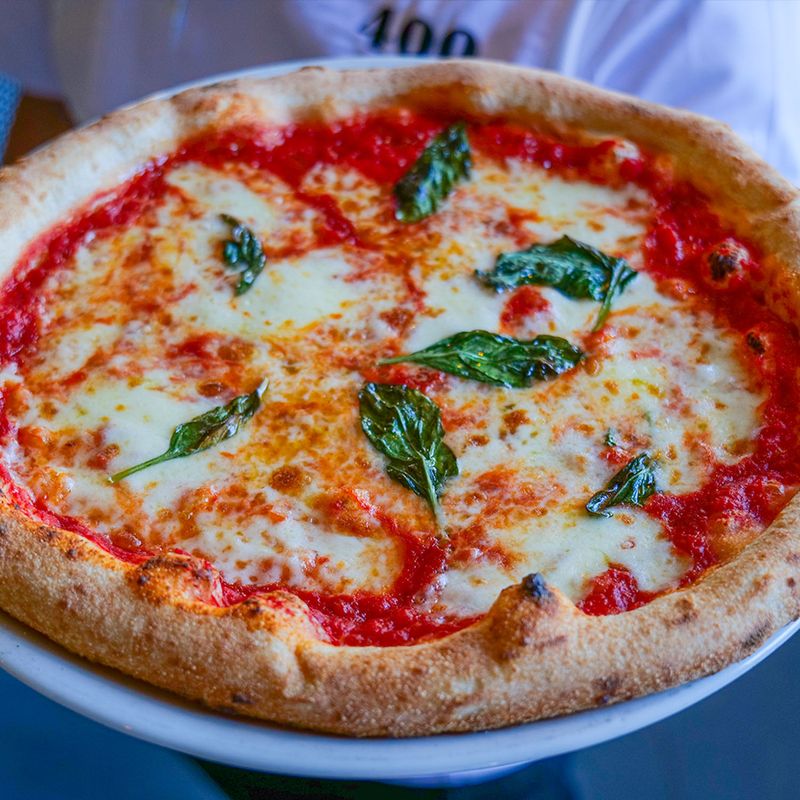
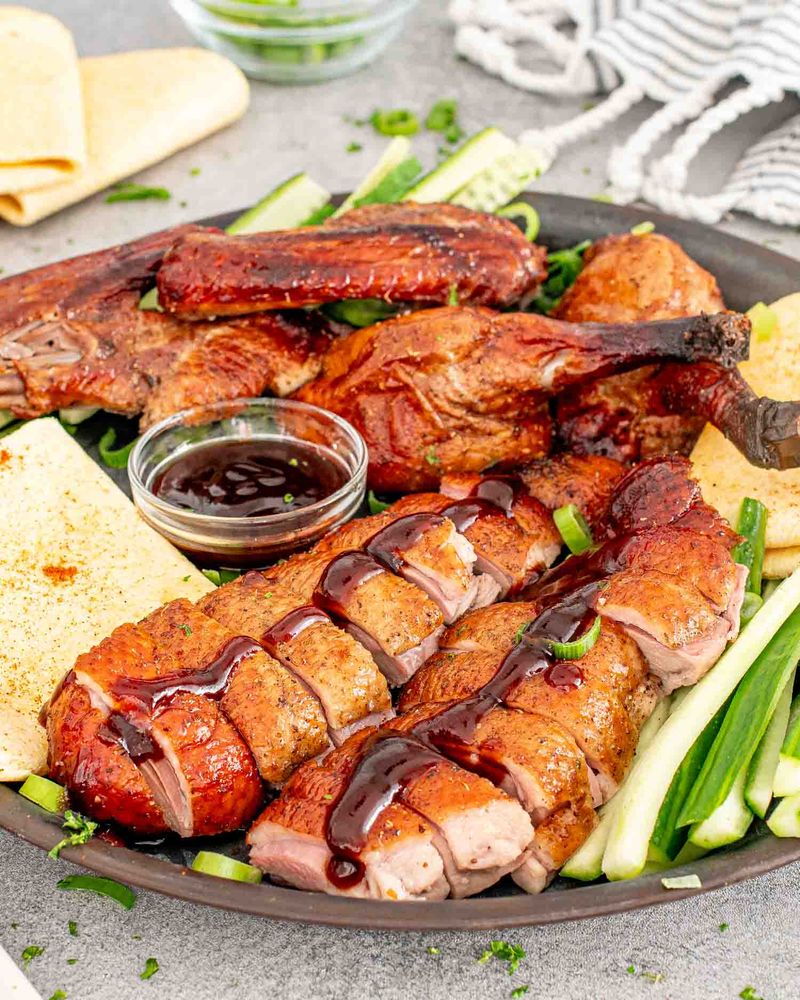

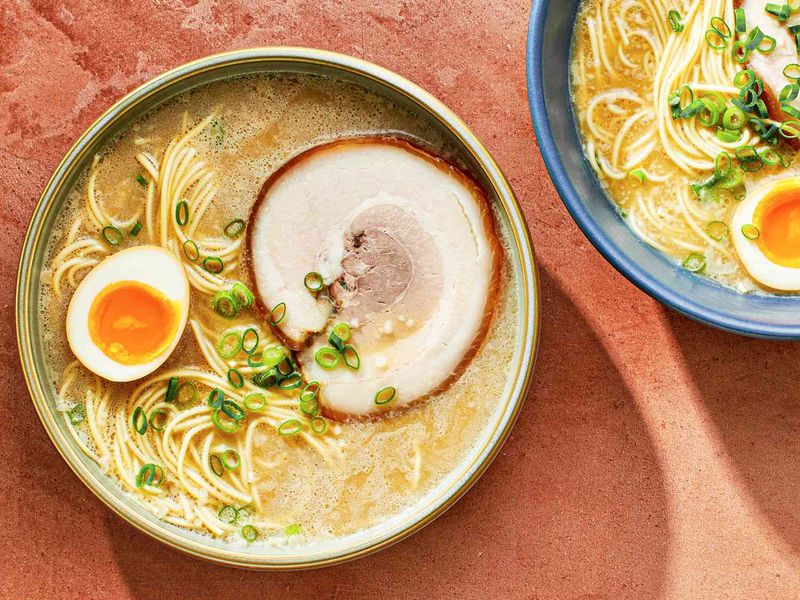
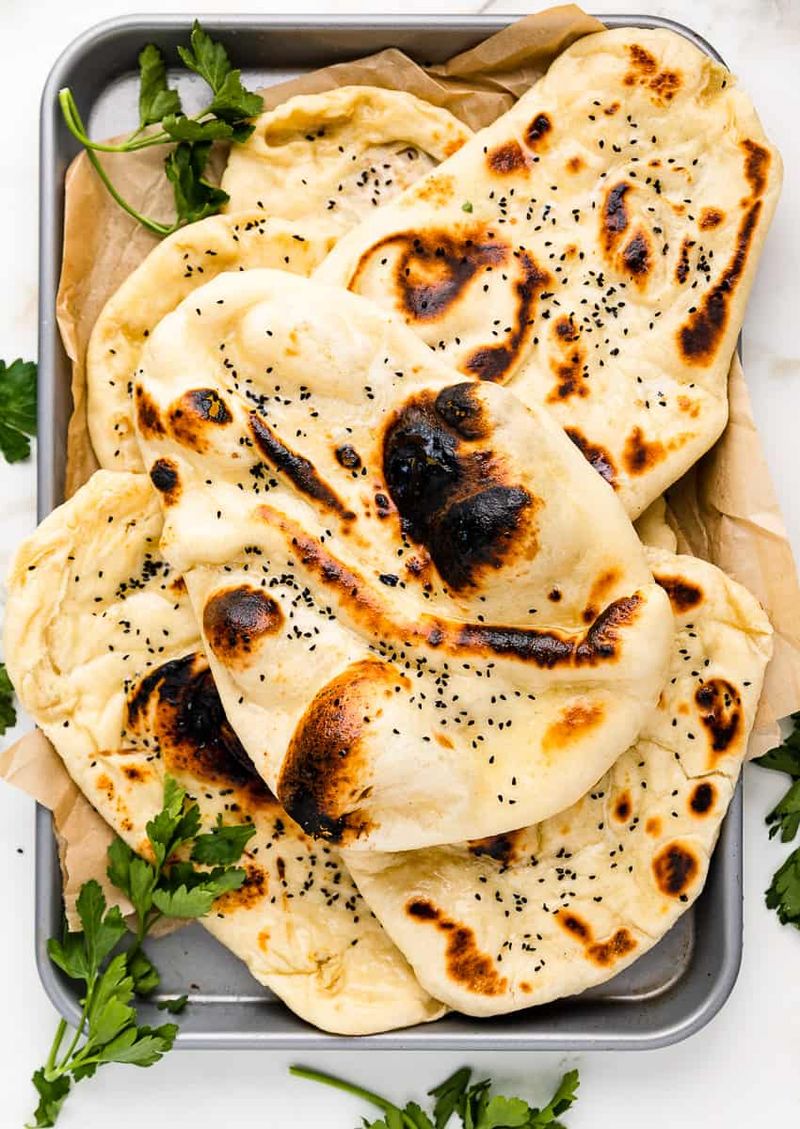
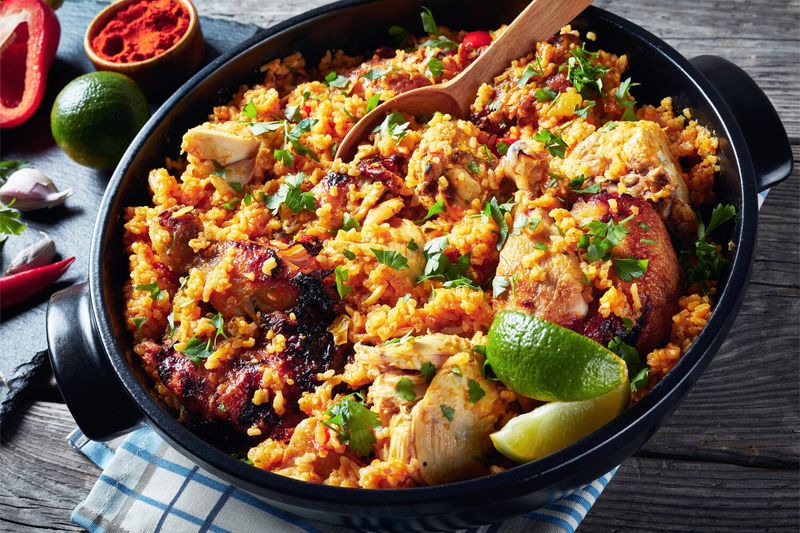
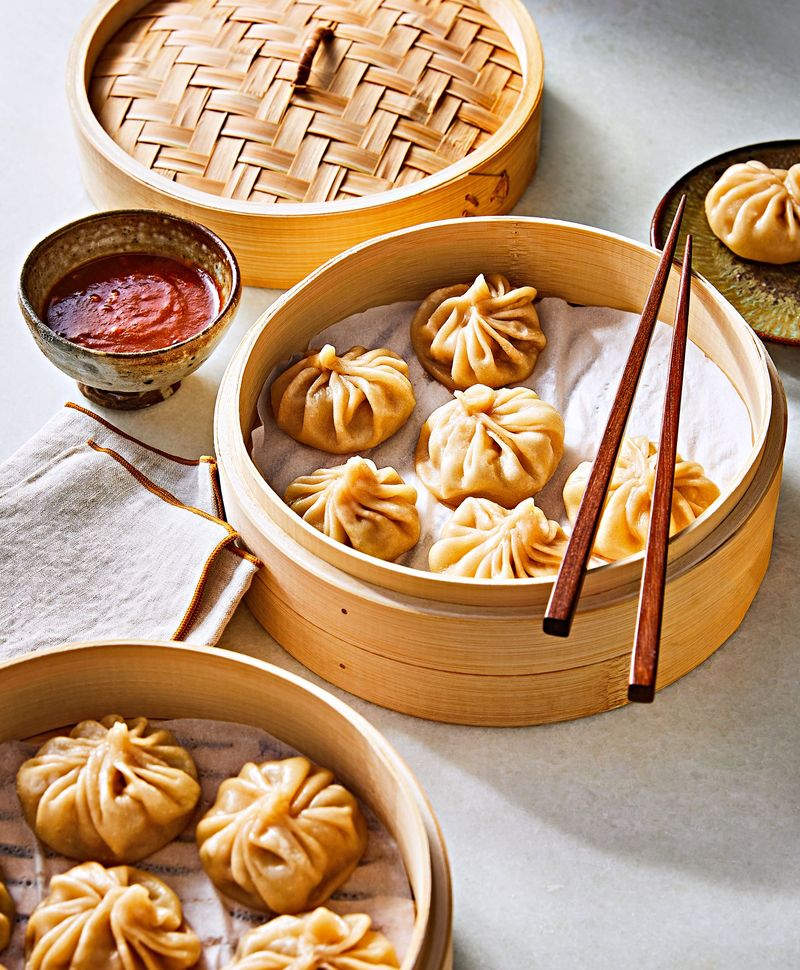
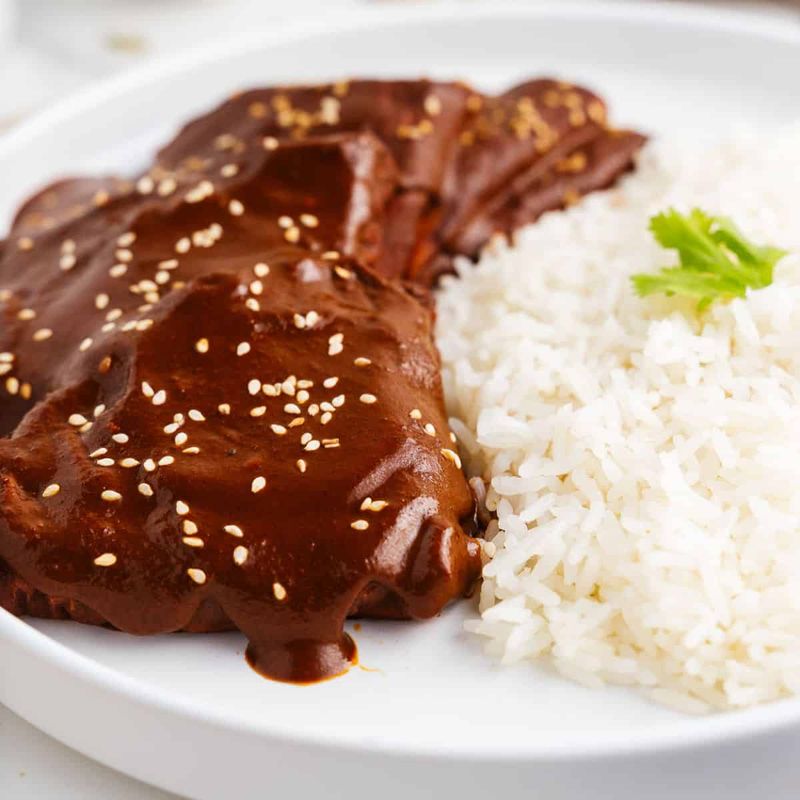
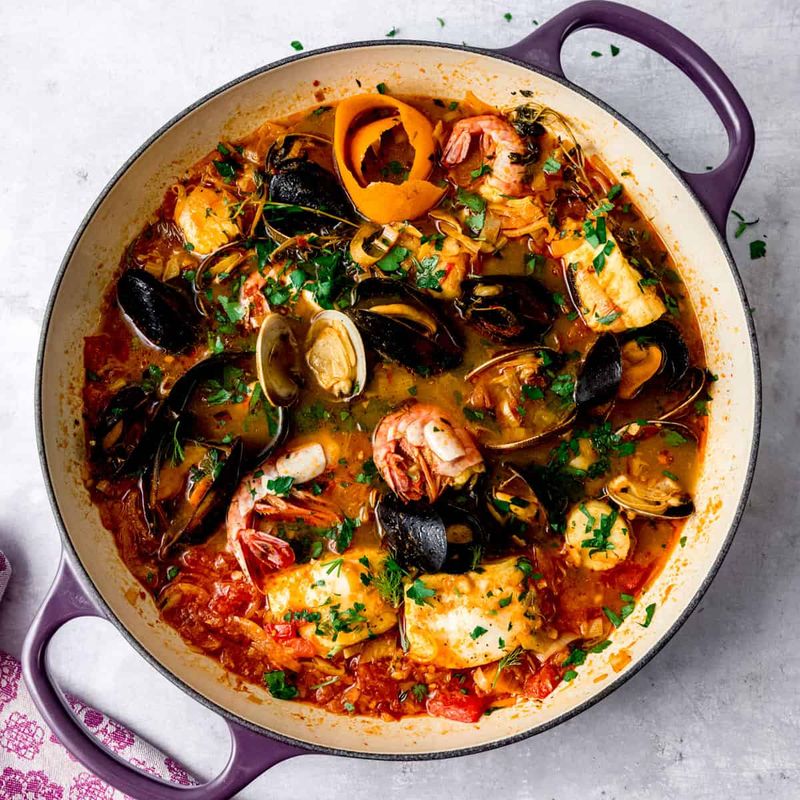
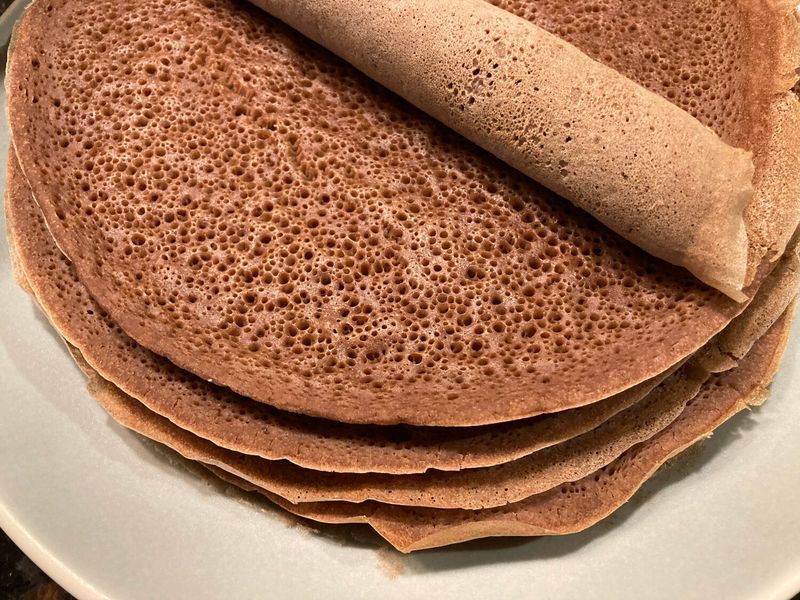
Leave a comment